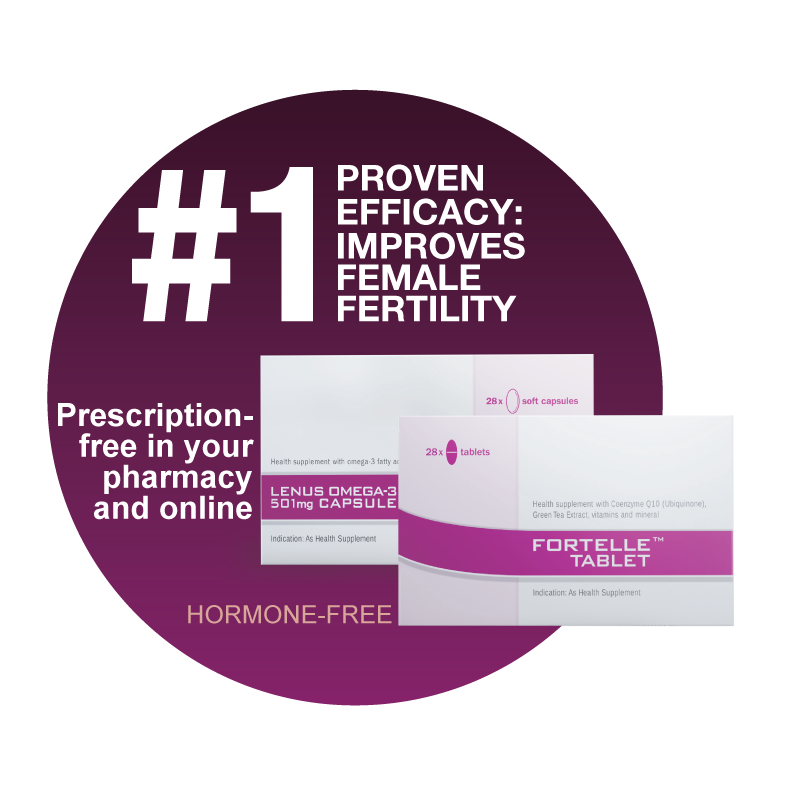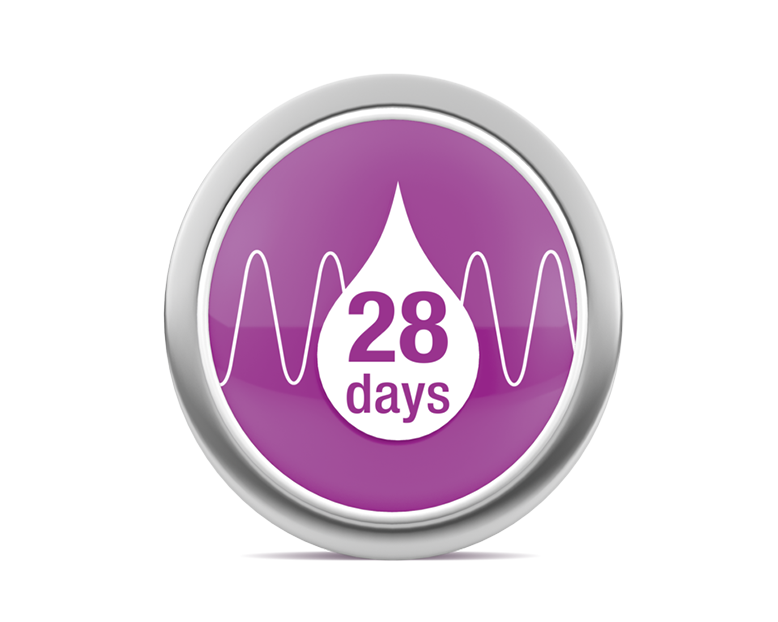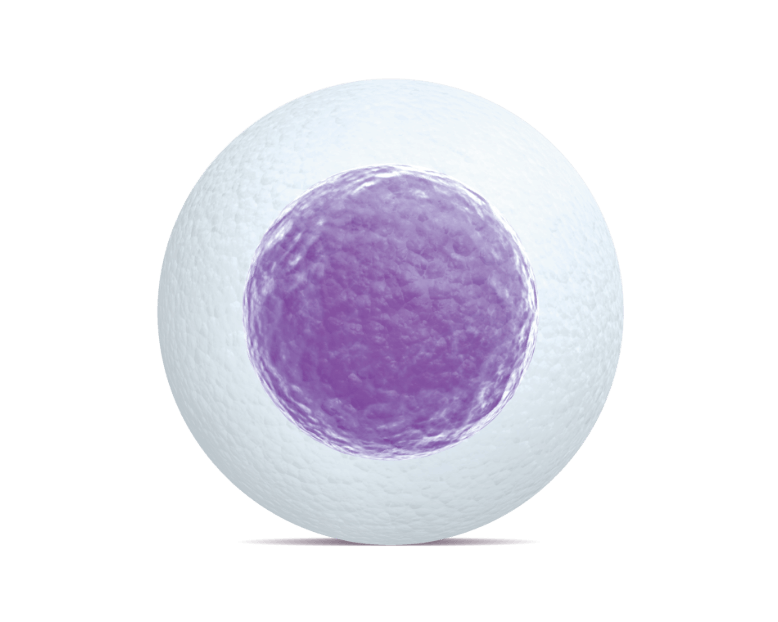Fertility decreases over the age of 30. We provide a solution.
Hormone-free. With study-proven results.
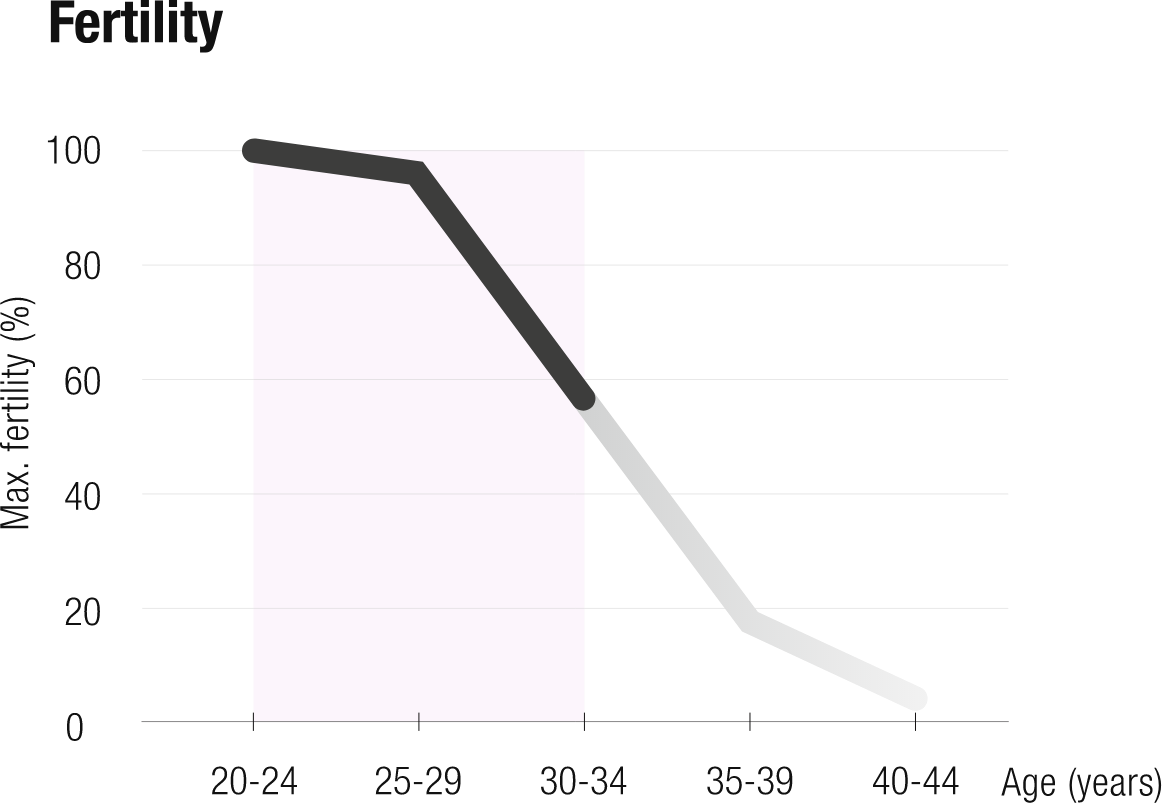
Fertility
- decreases considerably over the age of 30
- trend towards late motherhood (average 29.4 years)
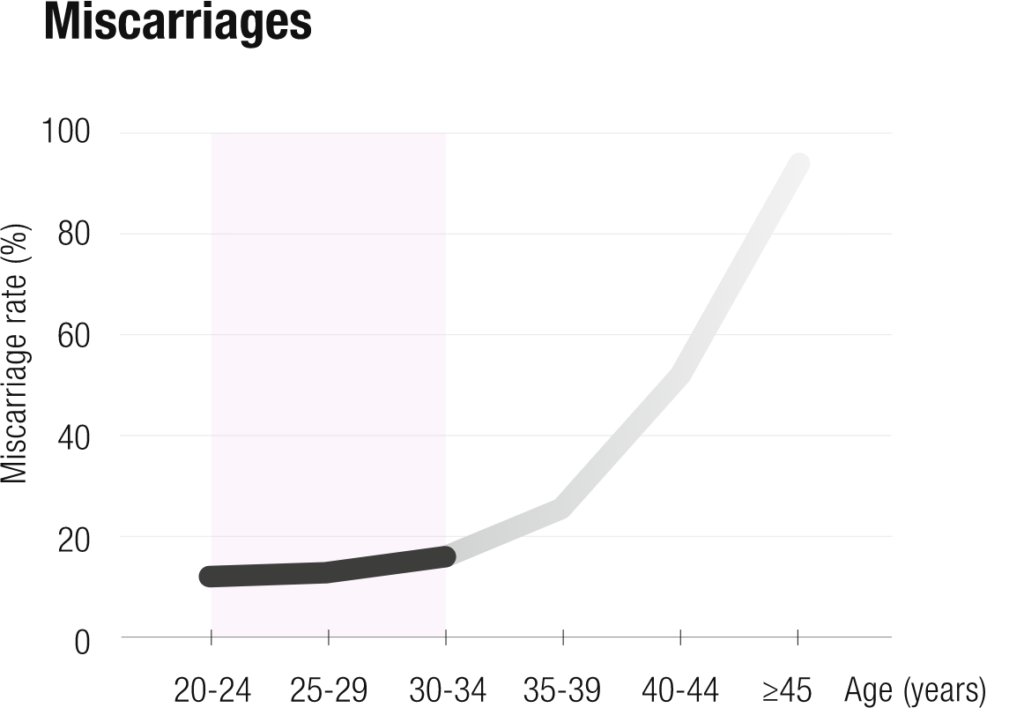
The risk of miscarriage
- increases significantly over the age of 35
- is up to 90 % over the age of 45
Speroff, Leon/Fritz, Marc A. (2005): Clinical gynecologic endocrinology and infertility, page 1016, 7th edition, Philadelphia: Lippincott Williams & Wilkins.
Heffner LJ. Advanced maternal age-how old is too old? N Engl J Med. 2004 Nov 4;351(19):1927-9.
Eurostat: average age of first-time mothers in Europe 2019

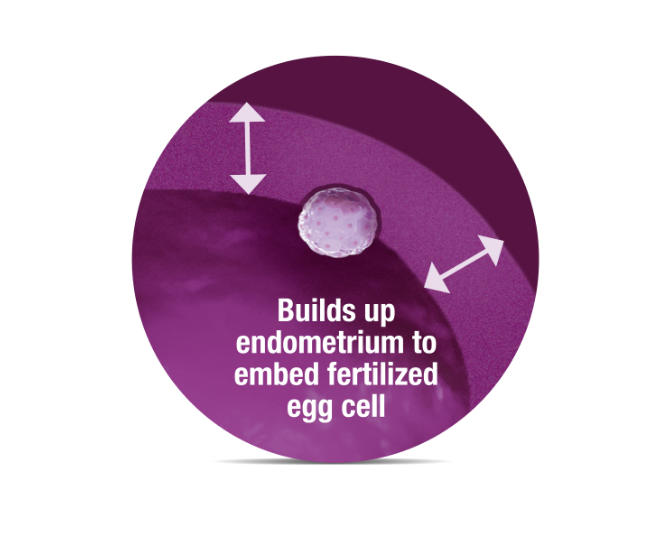
Improved conditions for implantation
Helps develop the uterine lining for improved conditions for embryo implantation.
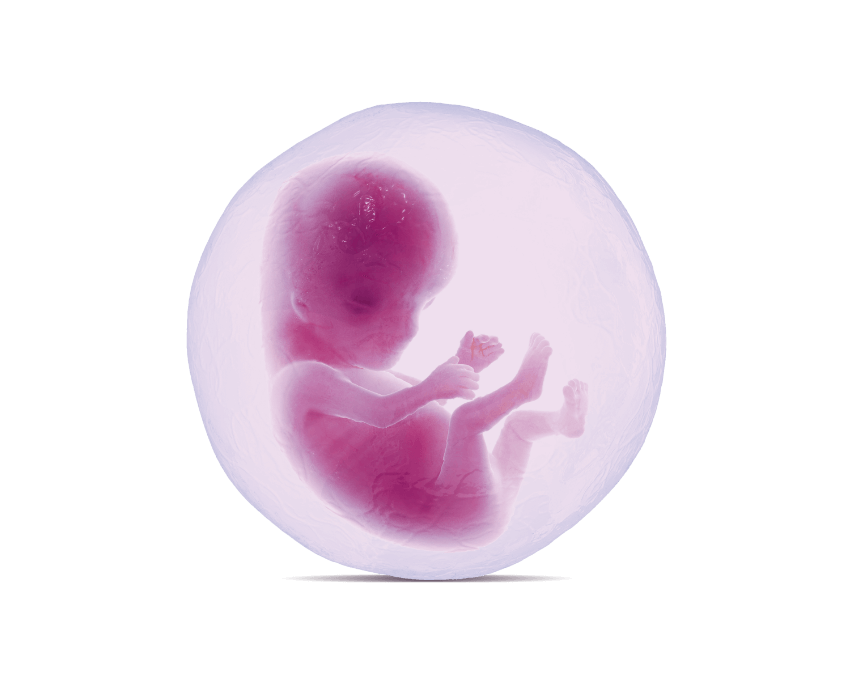
Supports embryonic development
Creates the conditions for reducing the risk of a neural tube defect before pregnancy and supports healthy brain and vision development.
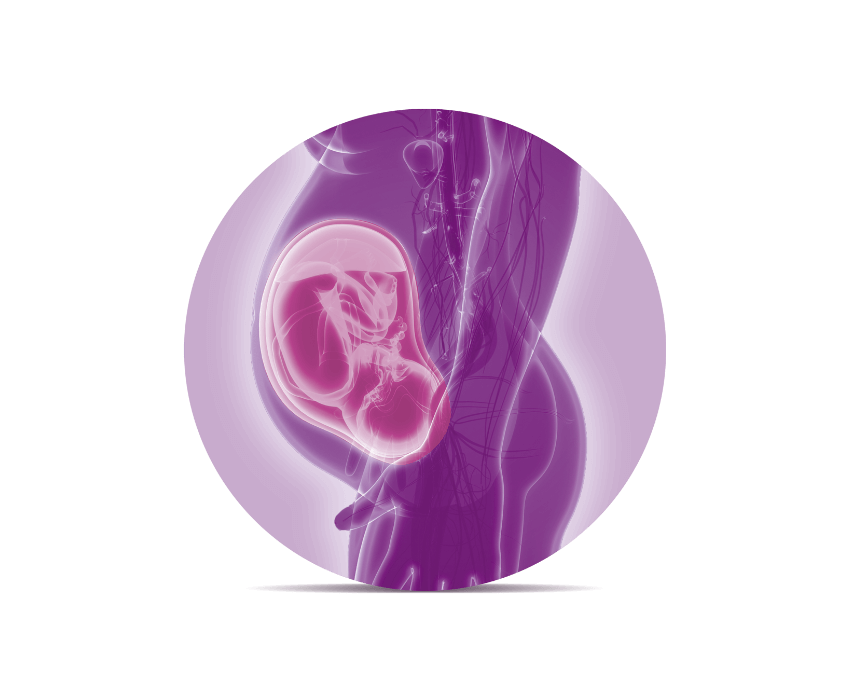
The health of the expectant mother
Can reduce the risk of preeclampsia (pregnancy poisoning) or premature birth.
Armanini D et al. Steroids. 2004; 69 (11-12): 763–766.; Duleba AJ et al. Hum Reprod. 2004 Jul;19(7):1519-24.; Nadjarzadeh A et al. Iran J Reprod Med. 2013 Aug; 11(8): 665–672.; El Refaeey A et al. Reprod Biomed Online. 2014 Jul;29(1):119-24.; Shelly WB et al. Fertility and Sterility 2008; Volume 90, S101.; Ben-Meir A et al. Aging Cell. 2015 Oct;14(5):887-95.; Szymanski W, Kazdepka-Zieminska A. Ginekol Pol 2003;74:1392–6.; Kazerooni T et al. Int J Gynecol Obstet. 2008;101:156–160.; McCluskey S et al. Mol Cell Biochem. 1999 Apr;194(1-2):217-25.; Cicek N et al. J Assist Reprod Genet. 2012 Apr;29(4):325-8.; Letur-Konirsch H, Delanian S. Fertil Steril. 2003; 79 (2): 439–441.; Missmer SA et al. Hum Reprod. 2010 Jun;25(6):1528-35. Epub 2010 Mar 23.; Velayutham P et al. Curr Med Chem. 2008; 15(18): 1840–1850.; Nouri K. et al., Gynecol Obstet Invest. 2017;82(1):8-14.; Hager et al.; Arch Gynecol Obstet. 2019; 300(2):455-460.; Eidenberger F. et al.; First results presented by Prof. Dr. Martin Imhof at IFFS 2019. Rayman MP et al. CMAJ. 2011 Mar 22;183(5):549-55.; Amarin ZO, Obeidat AZ. Paediatr Perinat Epidemiol. 2010 Jul 1;24(4):349-51.; Kar S et al. Eur J Obstet Gynecol Reprod Biol. 2016 Mar;198:40-6.; Czeizel AE et al. Nutrients. 2013 Nov 21;5(11):4760-75.; Bukowski R et al. PLoS Med. 2009 May 5;6(5):e1000061.; Tara F et al. Taiwan J Obstet Gynecol. 2010 Jun;49(2):181-7.; Vollet K. et al.; J Dev Orig Health Dis.; 2017; 8(4):465-473.; Hammiche F. et al.; Fertil Steril.; 2011; 95(5):1820-3.


Clinical studies show the success:
Fertilisation rate

24% more
than the folic acid
comparison group
p = 0,010
Embryo quality

22% more
than the folic acid
comparison group
p = 0,045
Pregnancy rate

14% more
than the folic acid
comparison group
p = 0,141
Nouri K. et al., Gynecol Obstet Invest. 2017; 82 (1): 8-14.

1 soft capsule and 1 tablet just 1x daily increases the chance of having a baby. From when the desire to have children sets in until pregnancy occurs.
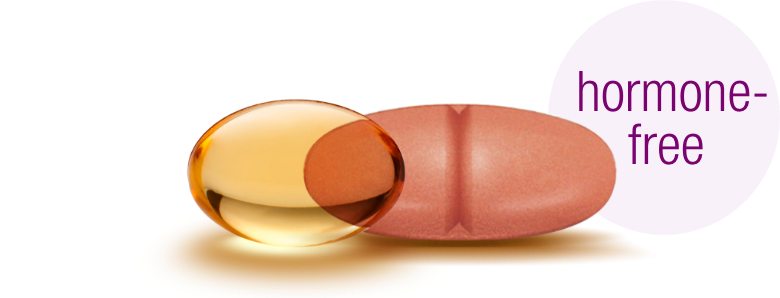
Recommended intake
Take 1 soft capsule and 1 tablet daily with some liquid with or after a meal. Ideally, the tablet should always be taken together with the soft capsule. For further questions regarding intake, please contact your physician. The product should only be taken under medical supervision.
Pack sizes:
Packs of 28 daily doses (monthly pack)
Improvement is within reach


